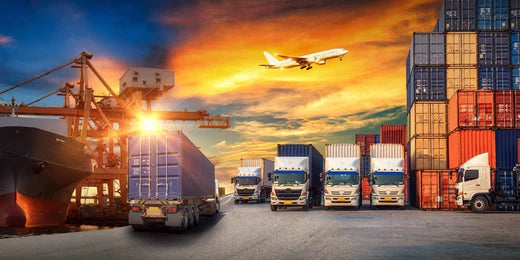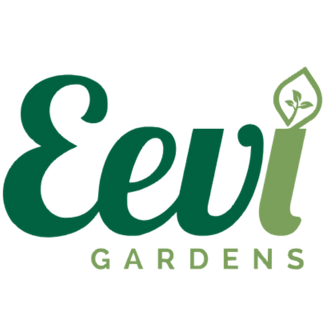
Food supply chain through the lens of sustainability
Share
Adopting sustainable practices is one of the biggest challenge faced by the modern human society. Sustainability is an ideology that needs to be implemented within our lifestyles from top to bottom, if we are to achieve the goals set forward for 2050. Our current food supply chains are so unsustainable that some studies consider our food as “fossil food” due to its heavy reliance on fossil fuels. Agricultural food supply chain accounts for nearly 24% of global carbon emissions.
Besides the carbon emissions, agriculture also uses a huge amount of resources. According to a UN report, agriculture accounts for 70% usage of fresh water resources. European agri-food sector in total accounts for 17% of the global energy demand. Due to increasing demand, agricultural land is under increasing stress which has resulted in soil erosion of more than 1/3rd of the cultivable land in the past 20 years.
After the production of food follows its transportation, storage and packaging, all adding to the carbon emissions. Packaging also uses considerable plastic. The next stage is retail and ultimately the end user. Due to lower shelf life, in developed countries, more than 40% of the food produced is lost in these two stages. In certain countries, like the US, an average family spends every year close to $2000 on food that gets wasted. Moreover, there has been a considerable nutrient loss in the food before it is consumed. All in all more than half the emissions in the food supply chain occur after the food leaves the farm.

However, with the advent of certain technologies all hope is not lost. Hydroponics has proven to yield vegetables using up to 98% less water as compared to agriculture. Studies have suggested the need to re-model our current food supply chain so as to mimic the traditional rural agriculture setting that existed at the dawn of our society. In those times every household was responsible for their own yield with some exchange of the yield amongst people based on barter system. We intend to go back closer to our ancestors by providing each one of us with a field of their own. Though this field is small, it is the start of something new.

CITATION AND RESOURCES:
1.) Review of the Sustainability of food systems and transition using the Internet of Food. https://www.nature.com/articles/s41538-018-0027-3
2.) Supply Chain Emissions by https://ccafs.cgiar.org/bigfacts/#theme=food-emissions&subtheme=supply-chain
3.) Climate Change and Food Systems, Vermeulen et. al. 2012, https://www.annualreviews.org/doi/abs/10.1146/annurev-environ-020411-130608
